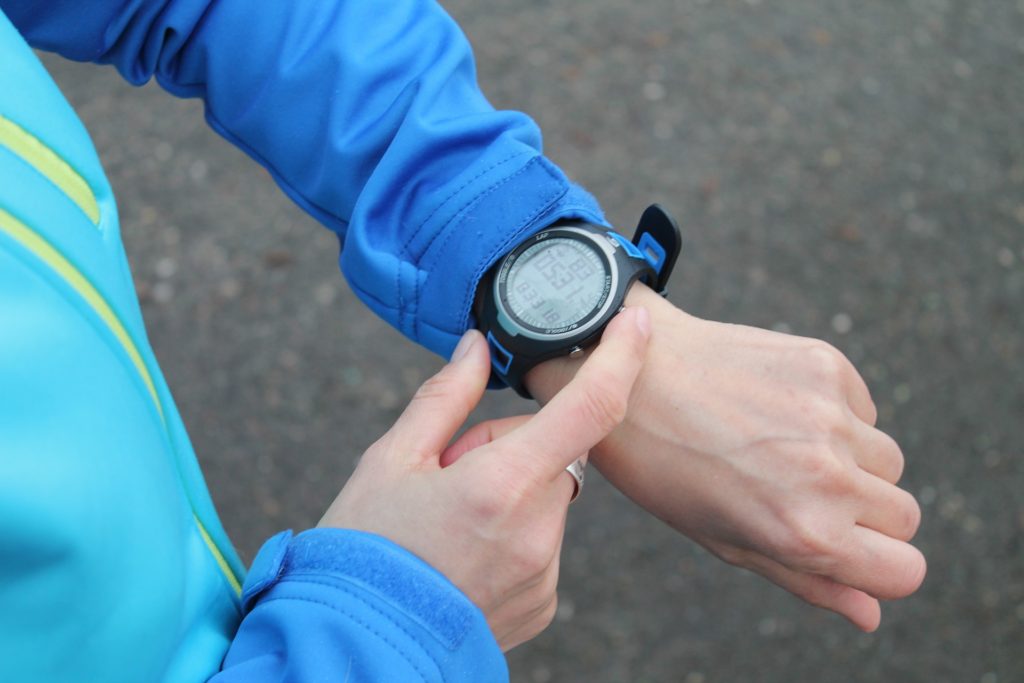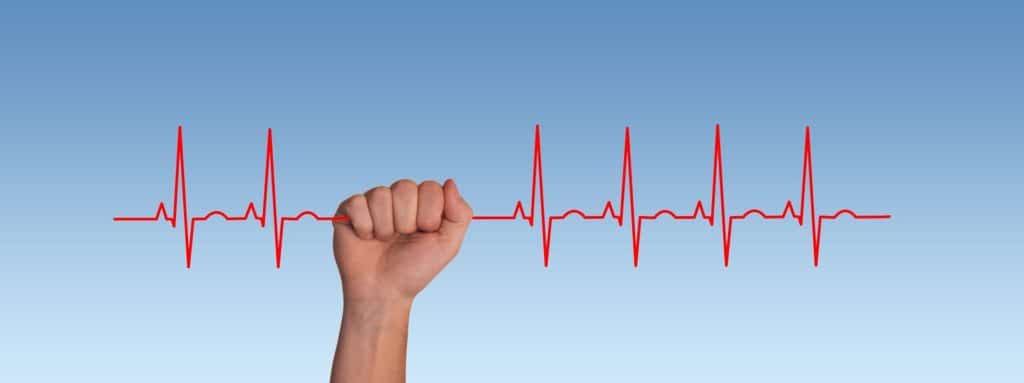High-Intensity Interval Training, or HIIT, can sound a bit intimidating. Just the word ‘intensity’ may be a big turn-off for some people. You may think that something intense is for someone young or super athletic. Guess what, even though HIIT is great for the young athlete, it can work wonders for anyone at any age.
In the past decade, HIIT has popped up everywhere because it works so well. It could even change how you feel about working out forever.
Are you short on time? Do you want to build muscle, have a healthier heart, and burn fat in a 30- minute workout? How about reversing age-related muscle loss?
If you answered ‘yes’ to any of those questions, sit back and read on.
What Is High-Intensity Interval Training?

HIIT workouts combine short periods of highly intense exercise with short periods of low-intensity exercise or rest. Anyone can do an activity for 30 seconds. Given time to catch your breath, you will be able to do it again. This interval sequencing is what HIIT is all about.
HIIT is a great way to add some variety to your workouts, build muscle, increase cardio endurance, and lose weight. What’s better, it can all be accomplished in a short time. No more spending hours in the gym. In fact, you likely don’t need a gym at all.
In a survey by the American College of Sports Medicine, over 3,000 fitness professionals voted HIIT as the top fitness trend for 2020. Why has HIIT become so popular? Probably because of the many health and lifestyle benefits it provides.
What are some of the benefits of HIIT?

High-intensity interval training can do a lot to improve your health and level of fitness. What’s better is that studies do indeed show that HIIT can be safe for adults of all ages. As with any new workout routine, however, you should check with your doctors first, especially if you have a pre-existing cardiac condition.
But here are some especially fun benefits that HIIT provides.
- You don’t need a gym and may not need much if any equipment.
- Time savings. You can crush a solid HIIT workout in 20 to 30 minutes.
- You can do it anywhere! Whether ar home or outside, you save drive time to a gym!
- HIIT can be tailored to your fitness level and physical limitations. You have complete control over the intensity level and activities
- Sense of accomplishment. Nothing feels better than coming out the other side of a heart-pumping workout covered in sweat!
Not to be outdone, the health and medical benefits of HIIT alone make it worth considering.
Firstly, HIIT burns more fat than a longer moderately paced exercise. Why is that? The all-out high intensity increases your body’s need for oxygen during the workout, creating oxygen deficits. This forces your body to work harder to replenish its oxygen supply, long after the exercise has ended. To do this, it burns energy, typically your body’s fat stores. But not just any fat stores. HIIT uses your abdominal and visceral fat stores, which are the ugly kinds that surround your inner organs. The fancy name for this is Excess Post Exercise Oxygen Consumption (EPOC). The sexy name for it is ‘afterburn’. The result is a leaner, fitter, healthier you.
Heart-heath is another beneficiary of HIIT. In one study, people with heart disease improved how quickly their heart rate returned to normal after exercise. Their HIIT workout consisted of fast and slow pedaling on an exercise bike (20 and 40 seconds). How quickly your heart rate slows is considered an important medical marker for longevity.
Still, more research shows that HIIT improves your body’s control over glucose levels. Patients with Type 2 Diabetes whose blood glucose levels were monitored over a period of weeks, saw positive improvement. Done regularly, HIIT can reduce your risk of Type 2 diabetes, and if you already have diabetes HIIT can help control it.
Do you have fibromyalgia or arthritis? If you do, I know that some days walking is the only thing you can do. In a study published in the Mayo Clinic Proceedings, walkers added some short higher intensity intervals to their slower walking – each interval was 3 minutes for a total of half an hour. Guess what? They improved their aerobic fitness, blood pressure, and leg strength.
Here’s the most striking scientific revelation about HIIT. In 2017, researchers at the Mayo Clinic discovered that HIIT improved the age-related decline of muscle mitochondria. Why is this important? Mitochondria exist in all of our cells, where they function like little digestive systems that take in nutrients and creates energy-rich molecules for each cell to use. A decline in mitochondria content is typical for adults as we age. Imagine having the power to slow the aging process in your own body!
Looking back, that’s a pretty impressive list of advantages for HIIT, isn’t it?
What Does a HIIT Workout Look Like?
All HIIT workouts follow the same rule of alternating short bursts of high and low intensity exercises. But the duration, intensity and choice of exercise may vary depending on your age and fitness level.
An example of a beginners cardio HIIT workout may look like this:
- 5-10 minutes of walking to warm up.
- 30 seconds fast walking or jogging
- 15 second slower walking
- Repeat the second and third step 5 times
- 5-minute slow walking to cool down
An athlete’s HIIT workout looks more like this:
- Warming up with a 10-minute jog
- 4-minute full out sprint
- 3-minute light run
- Repeat the sprint and light run 4 times
- 5-minute walking to cooldown
If you want to add some strength training moves, a HIIT workout might look like this:
- 2-minute walk in place warm-up
- Squats for 30 seconds
- 30-second walk in place
- Push Up for 30 seconds
- 30-second walk in place
- Crunches for 30 second
- 30-second walk in place
- Triceps dip for 30 seconds
- 30-second walk in place
- Plank for 30 seconds
- 30-second walk in place
- Repeat circuit 2 -3 times
- 2-minute walk in place cool down
Should All My Workouts be HIIT?
In a word, no. Many experts recommend between one and three HIIT workouts a week. Your other workouts should be light or moderate. This is because HIIT workouts can be demanding. Your body needs time to recover, so your muscles can repair themselves, and your joints can rest. It’s also a time for your mind to re-charge.
During that HIIT rest period, you should do some stretching, light cardio, a leisurely bike ride, or yoga. These exercises gently increase blood flow to help your body recover. Proper recovery helps to prevent injury.
You want to stay motivated. So, taking a break from such high intensity is essential. If you stay motivated, you will gain more enjoyment from your workouts. Consequently, if you enjoy your workouts, you’ll look forward to them, not see them as a chore that needs doing.
Conclusion
High-intensity interval training is one of the most popular forms of fitness in 2020 with multiple benefits across the health and wellness spectrum. It is a quick workout that burns fat and increases muscle, plus you can make it as easy or hard as you like. There is tons of variety you can introduce, simply by adding exercises and level of interval intensity.
Do you have a small amount of time but want to have a big impact on your fitness and health? The HIIT your workouts for maximum results!

